
Rare Succulents: A Guide to Their History and Cultural Significance
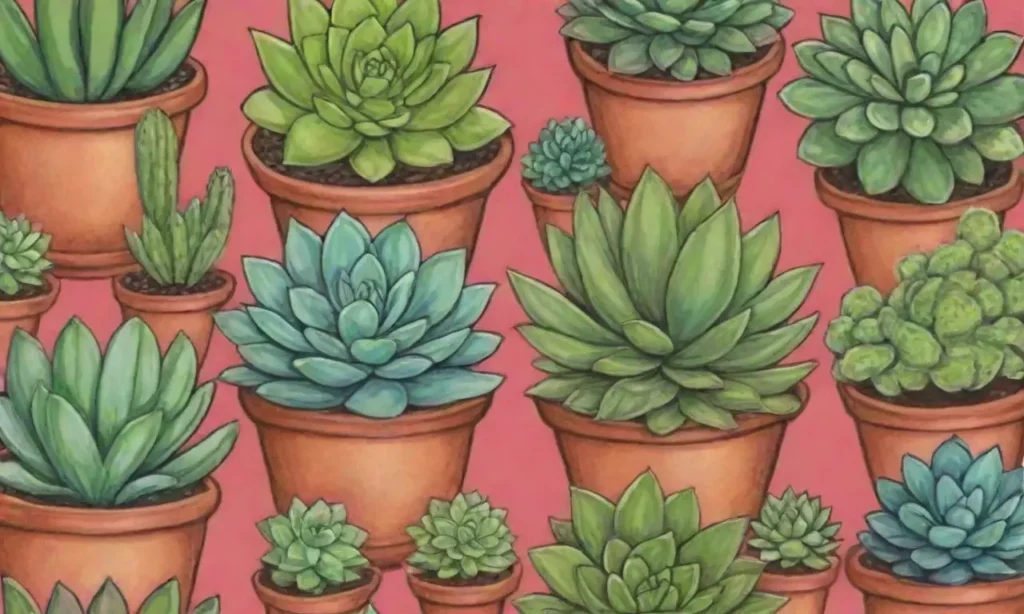
Introduction
Succulents have gained immense popularity as houseplants, celebrated for their aesthetic appeal, minimal maintenance requirements, and variety of unique shapes and colors. Among the vast array of succulent species, there exists a niche segment known as rare succulents. These special plants capture the fascination of both collectors and casual enthusiasts due to their scarcity in nature and often striking appearances. This article delves deep into the world of rare succulents, exploring their history, cultural significance, and the factors leading to their rarity in the modern world.
In this article, we will cover the origins of rare succulents, their botanical characteristics, and the influence of cultural factors on their desirability. Furthermore, we will discuss how environmental changes and human intervention have contributed to the rarity of these fascinating plants. By the end of this exploration, readers will gain a well-rounded perspective on rare succulents and their place within not just gardening but also cultural heritage.
The Origins of Rare Succulents
The journey of succulents began millions of years ago, primarily in arid regions where they developed unique adaptations to conserve water. Notable early varieties like Aloe and Agave have long been a part of traditional medicine and indigenous cultures, showcasing their significance beyond mere ornamental value. As humanity expanded its boundaries, so did the fascination with these plants, especially rare varieties that caught the eye due to their diversity.
The classification of succulents into various families—such as Cactaceae, Crassulaceae, and Euphorbiaceae—is significant for understanding their evolution and the traits that render them rare. For instance, many rare succulents fall under the Crassulaceae family, which includes jade plants and stonecrops. The evolutionary history of these plants is intertwined with the environmental conditions of their native regions, leading to unique traits, colors, and forms that make them highly sought after by collectors.
However, the rarity of some succulents is not solely attributed to natural selection; human influence has drastically impacted the availability of many species. Over-collection for ornamental purposes and habitat destruction due to urbanization have placed immense pressure on rare succulents in the wild. Many species once abundant are now on the brink of extinction due to habitat loss and rampant poaching. As a result, understanding the origins of these rare plants is crucial to appreciating their value and plight.
Cultural Significance of Rare Succulents
The cultural significance of rare succulents extends beyond gardening. In many parts of the world, succulents are integrated into spiritual practices and traditional beliefs. For example, in some Native American cultures, plants like the Hoodia cactus have been used for their potential medicinal properties and are respected as sacred. The aesthetic seen in gardens and homes often reflects local culture and showcases a deep connection to nature, making these rare plants symbols of beauty and resilience.
In recent years, the trend of urban gardening has also influenced the adoption of rare succulents. With limited space in urban areas, enthusiasts and collectors have turned to these unique plants for their compact size and low maintenance. This has fostered a new cultural movement centered around sustainability, where rare succulents are valued not only for their beauty but also for their adaptability to modern living environments. They represent a connection to nature, especially in urban settings where greenery is limited.
 The Art of Propagating Rare Succulents for the Passionate Grower
The Art of Propagating Rare Succulents for the Passionate GrowerMoreover, social media has played a significant role in amplifying the cultural status of rare succulents. Platforms like Instagram and Pinterest have become galleries for plant enthusiasts showcasing their prized collections. Hashtags such as #RareSucculents and #SucculentCollecting have garnered millions of views, creating a community of avid gardeners eager to share tips, celebrate their finds, and raise awareness about plant conservation. This digital culture has notably increased the interest in these plants, sometimes resulting in a demand-driven market that contributes to both the popularity and the rarity of certain species.
Factors Contributing to Rarity
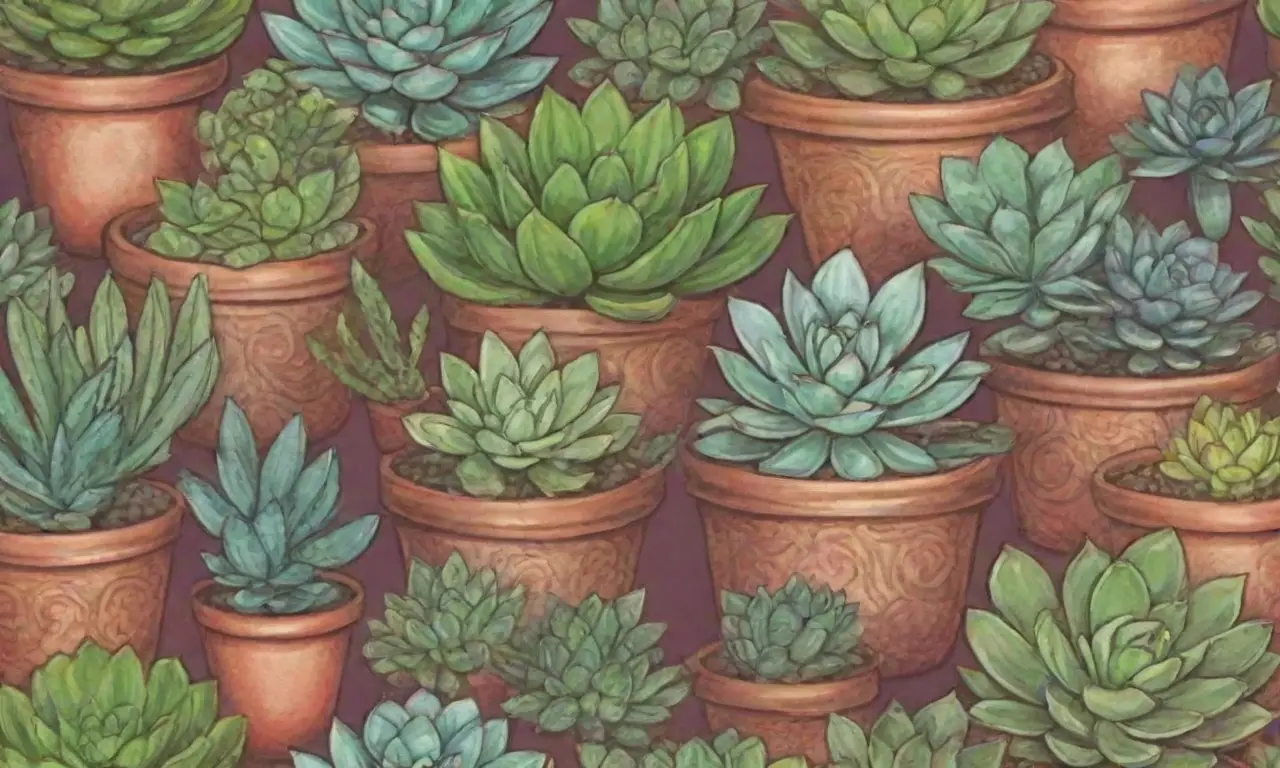
Several factors contribute to the rarity of succulents, often intertwining ecological, biological, and anthropological aspects. The habitat specificity of many rare succulents is a primary reason for their limited availability. Some species are endemic, meaning they are only naturally occurring in specific regions, such as the Galapagos Islands or South Africa. For example, the Dorstenia gigas, a unique succulent, is primarily found in parts of Madagascar. Changes in climate can impact these habitats, pushing these plants towards endangerment or extinction.
Climate change poses another challenge for rare succulents. Altered weather patterns can disrupt their growth cycles, making them less viable in some areas. Rising temperatures and prolonged drought periods can exacerbate the already arid conditions in which these plants thrive, further limiting their natural growth and reproduction. As the climate continues to shift, many of these rare succulents may struggle to survive in their native habitats, making conservation efforts increasingly vital.
Additionally, the increase in global trade has led to the over-collection of rare succulents for commercial sale. Many collectors are captivated by the rarity and beauty of these plants, leading to unsustainable harvesting practices. In some cases, the allure of owning a unique specimen can overshadow the ethical considerations of harvesting. To combat this, various organizations are working towards implementing regulations and establishing conservation programs to protect these exceptional plants not just for today's enthusiasts but for future generations to appreciate.
Conclusion
Rare succulents hold a significant place in the botanical world, serving as reflections of both natural wonders and human impact. With their unique adaptations, cultural importance, and the challenges they face, these plants inspire a deeper understanding of our relationship with nature. Protecting rare succulents is not merely an act of conservation; it is a tribute to the intricate beauty of our planet’s biodiversity and a necessity for maintaining ecological balance.
As we navigate the complexities of modern agriculture and urbanization, we must contemplate how our actions affect these remarkable flora. Whether it's through responsible collecting, supporting conservation efforts, or simply appreciating their beauty in our homes, our choices matter. Engaging with rare succulents encourages individuals to think critically about plant biology, conservation, and the ecological challenges we face today.
 Rare Succulents: Top 10 Uncommon Varieties to Discover Today
Rare Succulents: Top 10 Uncommon Varieties to Discover TodayIn essence, rare succulents serve as a bridge between nature and culture, illuminating the stories that plants can tell and highlighting our responsibility to preserve them. Each rare succulent is a reminder of nature’s resilience and beauty, and it is imperative that we honor and protect these extraordinary plants for generations to come.
If you want to read more articles similar to Rare Succulents: A Guide to Their History and Cultural Significance, you can visit the Rare Succulents category.

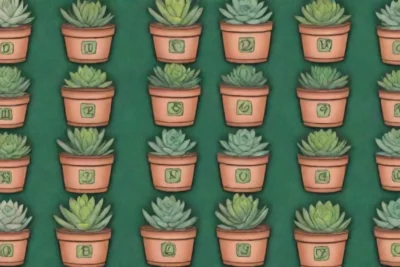
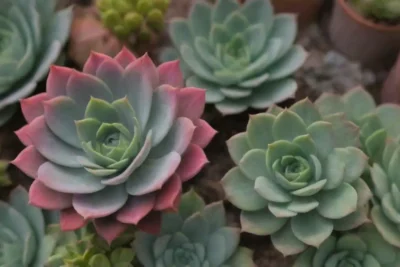
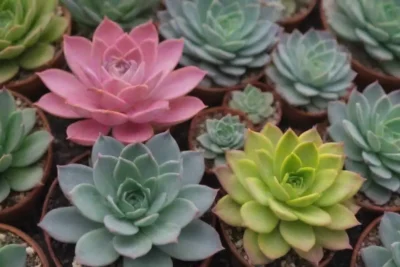


You Must Read